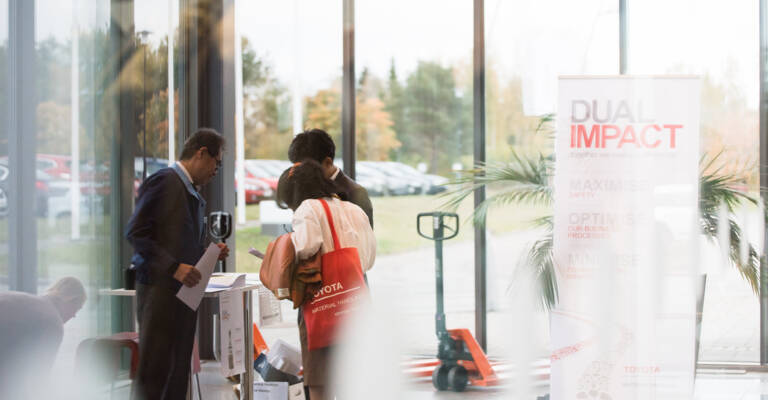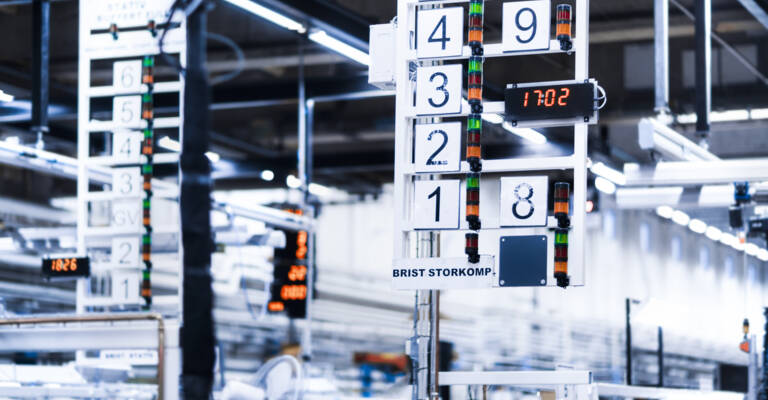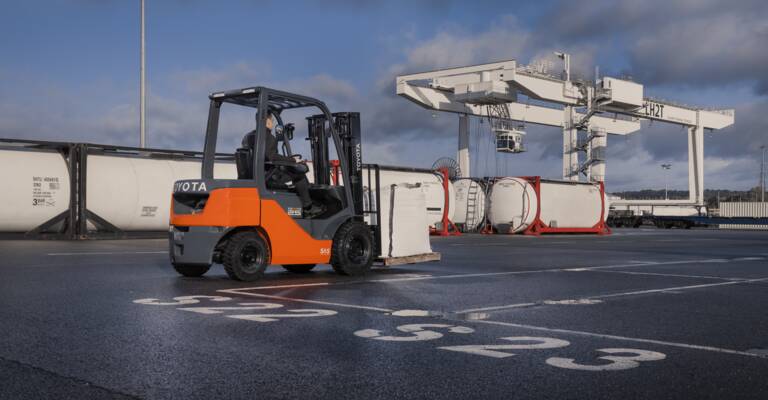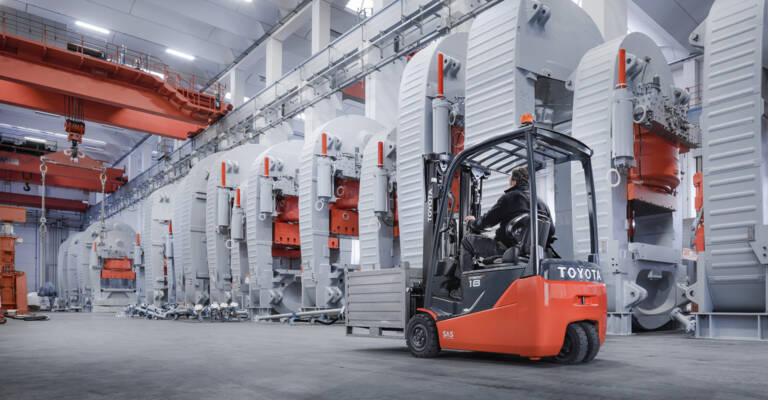Focus on safety leads to 89% fewer injuries in our factory in Ancenis, France
Step-by-step approach
We started with a root cause analysis of all accidents that resulted in days off work for the person concerned – the more serious accidents. This root cause analysis was carried out by a team composed of the safety manager, the group leader, the production unit manager and the safety union.
Only once the team agreed on the real root cause, we started to identify and implement appropriate countermeasures. Where applicable, these countermeasures were shared with other group leaders in a spirit of “Yokoten” or best practice sharing.
At the monthly health and safety meeting facilitated by the safety department, the management team meets with all the group leaders and the product engineering and maintenance departments. Together, they review all accident analyses and adjust the countermeasures where necessary.
Once a month we also practice weak point management - a quality tool we also apply to safety management, as it allows us to follow different kind of trends. When a certain type of injury increases, such as twisted ankles or bad backs, we perform a new root cause analysis and take new countermeasures.
Every three weeks we participate in regular risk assessment together with the group leader, the Health, Safety and Environment department, the Product Engineering Department, the Union and a member of management. During this assessment we search for possible risks to safety and ergonomic well-being. Afterwards, we define the importance of each risk and come up with a countermeasure.
Predictive risk assessment
In order to manage and prevent future risks, we apply predictive risk assessment before moving into mass production. This way we contribute to a safe and ergonomic work station design.
For example, when we installed a new laser cutting machine, we carried out a risk assessment based on layout drawing and before implementation for each part of the machine, followed by a further risk assessment before the start of pre mass production and a final risk assessment during pre mass production. In total, 100 actions were scheduled step by step for this new shop floor, regarding machine risk, chemical, electromagnetic, laser, manual handling, etc. It enabled us to anticipate risks and start mass production with almost zero risk.
Toyota Industries Corporation’s Safety Vision
In July 2013, Toyota Industries Corporation formulated the Safety Vision and has been striving to establish a safety-oriented culture in which employees warn each other when someone is engaging in an unsafe activity, rather than relying solely on rules and systems. We will continue to aim for zero accidents, knowing it is a process that never finishes:
“Each and every associate in the Toyota Industries Group guided by the spirit of our corporate creed, aims to create a corporate culture that places a top priority on maintaining safety in all areas and focuses on mutual courtesy and safety as well as realising workplaces where associates work each day with a sense of happiness and pride.”
“In our Ancenis factory, we reduced injury rates by 89% since FY13 by conducting frequent risk assessments followed up directly by the right countermeasures.” Laurent Marcoul
Health & Safety Manager
Ancenis Factory, France
Toyota Material Handling Europe
- Injury rate dropped by 89%
- Lost day rate dropped by 63%
- 700 documented safety actions in 2014
- Risk assessments every 3 weeks




